This article was co-authored by wikiHow staff writer, Jennifer Mueller, JD. Jennifer Mueller is a wikiHow Content Creator. She specializes in reviewing, fact-checking, and evaluating wikiHow's content to ensure thoroughness and accuracy. Jennifer holds a JD from Indiana University Maurer School of Law in 2006.
This article has been viewed 86,955 times.
Learn more...
An anti-static wrist strap, also called an electrostatic discharge (ESD) wrist strap, is a safety device worn on your wrist that prevents the buildup of static electricity. ESD straps are primarily used when working with electronic components. When properly worn, the highly conductive threads that make up the strap direct static electricity to a ground where it can be discharged safely. This protects the components from damage and keeps the wearer safe.[1]
Steps
Using an ESD Strap to Ground Yourself
-
1Choose a wired strap to ground yourself. There are 2 kinds of ESD straps – those that have a cord or wire you use to connect yourself to a ground, and those that are wireless. However, testing performed by NASA revealed that the wireless straps were ineffective to prevent potential discharges.[2]
- You may consider a wireless strap more convenient, especially if you're working on a project at home informally. However, they put you and your components at risk.
- If you are going to use a wireless strap, make sure you're taking all other precautions to protect against electrostatic discharge.
-
2Wrap the ESD strap around your wrist. Before you come into contact with ESD-sensitive items, put the ESD strap around your wrist and snap it closed. All parts of the strap should be in direct contact with your skin at all times.[3]
- Tug on the strap to make sure the clasp will hold tight and not come apart if the cord is jerked or pulled.
Advertisement -
3Attach the other end of the strap to a common ground. At the other end of the cord attached to your wrist strap is an alligator clip that you can use to connect yourself to a common ground. At a static-free work station, a common ground point will be noted by a symbol that looks like a black-and-white target. There may also simply be a sign that says "common ground."[4]
- If you don't see a sign or label, you can also simply look to see where all other items in the work station are attached. When in doubt, ask a supervisor or someone else working in the area.
-
4Clip your strap to a metal part if no common ground is available. If you're working at home or in an informal environment, you may not have a common ground point. In that case, snap the alligator clip to a metal part of the computer you're working on, such as the chassis of the computer or the power supply.[5]
- Make sure the metal part that you clip your strap to is clean and unpainted. Painted surfaces are ineffective grounds.
-
5Wear your ESD strap whenever you're around ESD-sensitive items. Any time you are holding or working with computer components, such as motherboards or video cards, that are not installed in the computer case, keep yourself grounded. Otherwise, electrostatic discharge could damage those components.[6]
- A single electrostatic shock won't necessarily fry a component immediately, but it can damage it and cause poor performance. Multiple discharges can also have a cumulative effect.
-
6Test the resistance value of your ESD strap periodically. To properly protect against electrostatic discharge, an ESD strap should have a resistance value in the range of 1 to 10 Ohms. You can test resistance using a multimeter, a relatively inexpensive instrument you can order online or find in computer tech shops.[7]
- In clean rooms or highly protective environments, ESD straps are continuously monitored or tested daily.[8]
Tip: If you're using the ESD strap to work on a computer at home or in an informal environment and you'll only be using it sporadically, it's a good idea to test it every time you wear it – especially if you haven't used it in a few months.
Maintaining a Static-Free Work Environment
-
1Cover floors and work surfaces with ESD protective mats. In addition to ESD straps, protective mats on floors and work surfaces prevent those surfaces from building up static and protect against accidental discharge.[9]
- For example, the friction of your shoes against a floor can build up static electricity. If you're standing on an ESD mat, you don't have to worry about that buildup damaging ESD-sensitive components.
- You can buy mat kits online from general online retailers, such as Amazon. They're also available at tech shops or computer hardware stores.
Variation: In a professional clean room, special ESD-protective flooring is used. When combined with ESD-protective shoes, you can move all over the room without being constantly grounded and not worry about electrostatic buildup.
-
2Connect all work surfaces and fixtures to a common ground. When building a static-free or ESD-protected work station, all fixtures and surfaces are connected to the same common ground, typically a metal pole or bar in a central location. The location is identified with a sign labeling it a common ground, so any new materials can easily be connected to it.[10]
- Only use electrical tools and equipment in a static-free work environment if they have a 3-prong grounded AC plug.
Tip: Ground any hand tools or non-electrical equipment, such as pliers or tweezers, through both you and the common ground.
-
3Wear ESD lab coats when working with ESD-sensitive items. ESD lab coats are available through uniform supply companies and can be purchased online. Wearing one of these coats ensures ESD-sensitive components won't come into contact with your clothes, which can also build up static electricity.[11]
- If you wear an ESD lab coat, make sure the entire lab coat is closed to cover your clothing underneath. Fasten all snaps or buttons.
Handling ESD-Sensitive Components
-
1Keep ESD-sensitive items in antistatic bags when you're not using them. When working with ESD-sensitive computer components, make sure you have a supply of antistatic bags handy to store components that aren't installed in a computer chassis. You can buy resealable antistatic bags online from office supply stores or large general retailers.[12]
- Store ESD-sensitive items in the bags with the component side up. You can also use an antistatic card rack.
Tip: Antistatic bags lose their effectiveness after a few years. If you aren't sure how long a component has been stored, protect yourself with a properly grounded ESD wrist strap before removing it.
-
2Maintain humidity between 45 and 55 percent. While too much humidity can damage computers, dry air promotes more static electricity. Humidity between 45 and 55 percent is a happy medium that minimizes static discharge while providing a healthy environment for computer components.[13]
- Humidity can be measured using a hygrometer. This instrument is relatively inexpensive and can be found online. If you need to adjust the humidity, use a regular humidifier or dehumidifier, depending on the type of adjustment you need.
-
3Avoid letting ESD-sensitive items touch your clothes. Your clothes build up static electricity, especially in cold or dry environments. Because clothes aren't in constant contact with your body, wearing an ESD wrist strap does not prevent static buildup in your clothes.[14]
- Never wipe a component or circuit board on your sleeve or shirt to clean it. Use an antistatic cloth.
- When working with ESD-sensitive components, avoid wearing loose or open clothing that you can't control the movement of. Your clothing may touch a component accidentally.
Warnings
- Always unplug a computer before removing ESD-sensitive components. [16]⧼thumbs_response⧽
References
- ↑ https://www.techopedia.com/definition/27301/anti-static-wrist-strap
- ↑ https://sma.nasa.gov/news/articles/newsitem/2018/01/10/esd-wireless-wrist-straps-the-shocking-truth
- ↑ https://www.juniper.net/documentation/en_US/release-independent/junos/topics/reference/safety/prevent-esd-damage.html
- ↑ https://www.esda.org/about-esd/esd-fundamentals/part-3-basic-esd-control-procedures-and-materials/
- ↑ http://www.pearsonitcertification.com/articles/article.aspx?p=2024310&seqNum=2
- ↑ https://www.esda.org/about-esd/esd-fundamentals/part-3-basic-esd-control-procedures-and-materials/
- ↑ https://www.juniper.net/documentation/en_US/release-independent/junos/topics/reference/safety/prevent-esd-damage.html
- ↑ https://www.esda.org/about-esd/esd-fundamentals/part-3-basic-esd-control-procedures-and-materials/
- ↑ https://www.esda.org/about-esd/esd-fundamentals/part-3-basic-esd-control-procedures-and-materials/
- ↑ https://www.esda.org/about-esd/esd-fundamentals/part-3-basic-esd-control-procedures-and-materials/
- ↑ https://www.esda.org/about-esd/esd-fundamentals/part-3-basic-esd-control-procedures-and-materials/
- ↑ https://www.juniper.net/documentation/en_US/release-independent/junos/topics/reference/safety/prevent-esd-damage.html
- ↑ http://www.pearsonitcertification.com/articles/article.aspx?p=2024310&seqNum=2
- ↑ https://www.juniper.net/documentation/en_US/release-independent/junos/topics/reference/safety/prevent-esd-damage.html
- ↑ http://www.pearsonitcertification.com/articles/article.aspx?p=2024310&seqNum=2
- ↑ http://www.pearsonitcertification.com/articles/article.aspx?p=2024310&seqNum=2
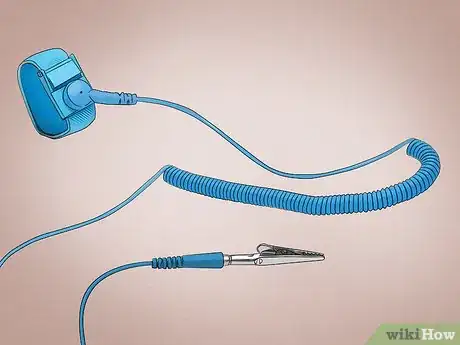
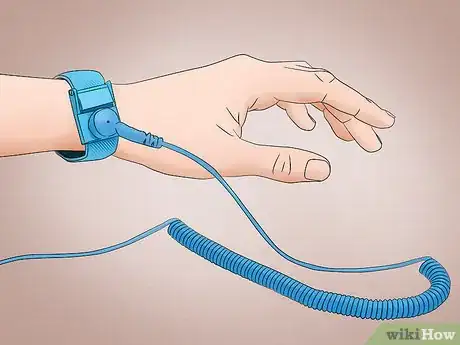
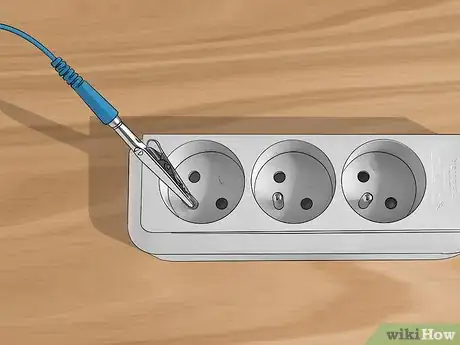

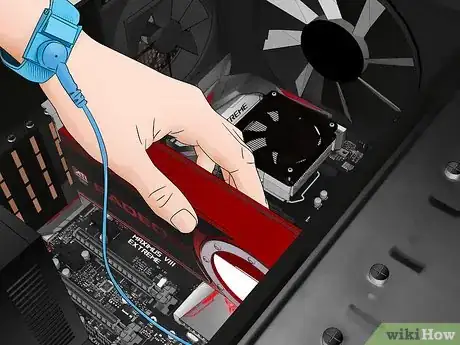


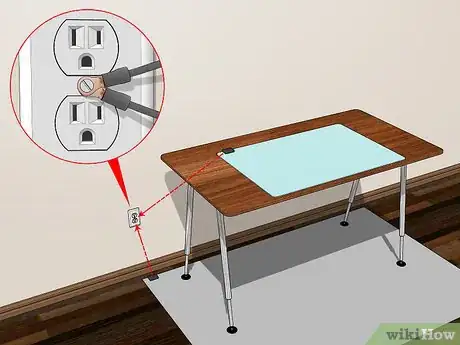

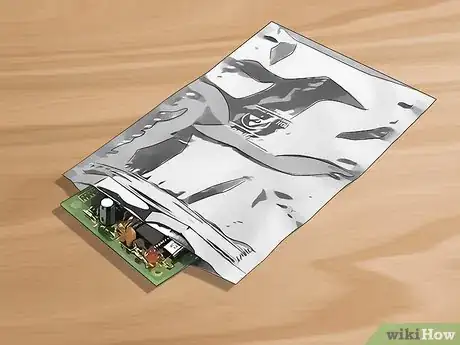

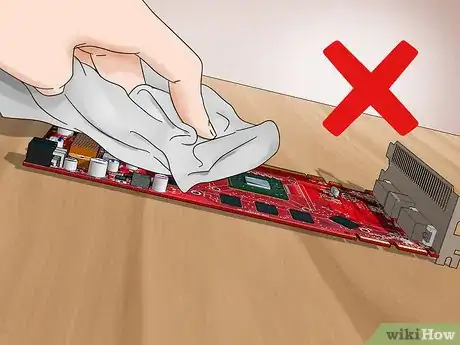








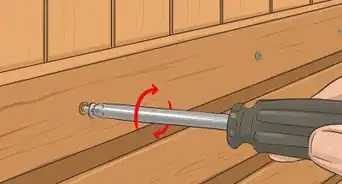

-Step-27-Version-2.webp)















































